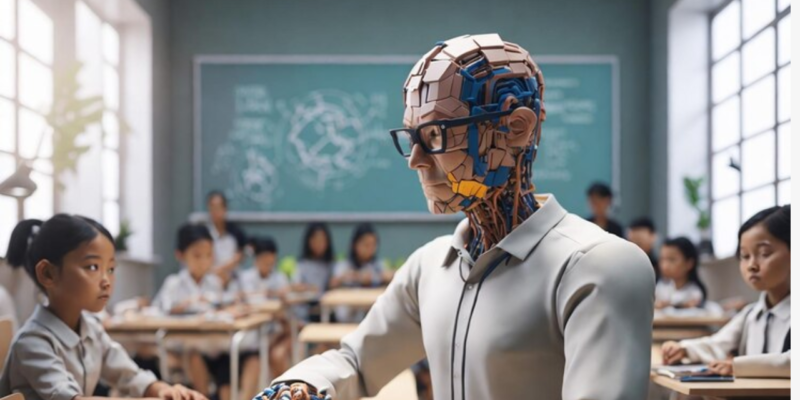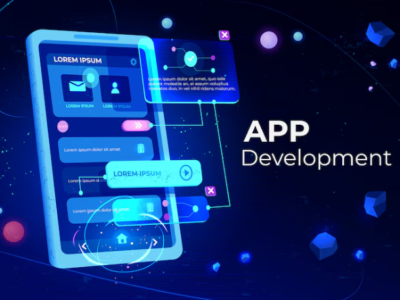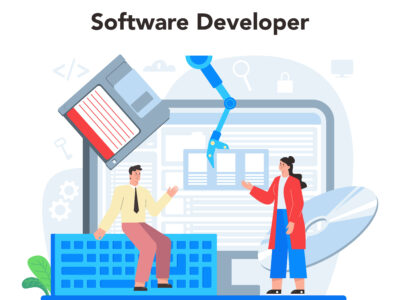
In this blog, we will try to define generative AI, explain how generative AI works, describe AI Model Types, and describe generative applications with special emphasis on education!
Generative AI has reduced the workload of mundane, traditional Google search. It is quick, fast, 99.9% accurate, but is not free of plagiarism, and it is AI. It jots down to most accurate and relevant results, which come handy. It is quicker than chatGPT, as no app installation, plugin installation, or website needs to be opened. Generative AI is inbuilt with Chrome browser and works on a click and a command. But users cannot fix or limit the number of words or characters they wish to see in the result, unlike ChatGPT that responds and curates every answer according to the word limit defined by the user.
Generative AI came across as a beta version, and was experimental. Google does not claim or vouch for the credibility of the information displayed by Gemini or Generative AI, but so far so good. Generative AI may or may not create unique content, and might pick the exact lines from the resources available on the internet.
What is Generative AI?
Technology can produce various types of content including (1) text, (2) imagery, (3) audio and (4) synthetic data. But what is AI, and what is the difference between AI and machine? AI deals with the creation of intelligence agents, which are systems that (1) can reason, and (2) learn, and (3) act independently.
AI assimilates ML which learns from the raw data that is fed into the system. This enables it to make useful predictions from new or never before seen data. Machine learning models can be divided into (1) unsupervised and (2) supervised machine learning models.
Supervised models come with labels. Labelled data comes with (1) a tag like a name, (2) a type, or (3) a number. Unlabeled data does not come with any tags. Supervised models try to solve such kinds of models. Understanding both these models are pertinent to the understanding of Generative AI. In supervised learning testing data values are input into the mode. The model lays out a prediction and compares that finding with the training data used to form a model. If the predicted test data values do not match with the actual training data values, that’s an error. The model then tries to clear of that inconsistency. This is a classic optimization problem. Deep learning is a subset of machine learning methods and makes use of artificial neural networks, allowing them to process more complex patterns than traditional machine learning.
How does it work?
Artificial neural networks closely resemble human brain. To make predictions, deep learning models learn more complex patterns than traditional machine learning models and label its findings as (1) labelled and (2) unlabeled data.
This is semi-supervised learning. A neural network learns from: (1) a small amount of labeled data, and (2) a large amount of unlabeled data. The labeled data helps the neural network to learn the basic concepts of the task, while the unlabeled data helps the neural network to generalize new examples.
After learning all this, we finally get to know where generative AI fits into this discipline. It is a subset of deep learning, which implies that it uses artificial intelligence, neural networks, can process both labeled and unlabeled data using supervised, unsupervised, and semi-supervised methods. Deep learning models (contain large language models), or machine learning models in general, can be divided into two types, (1) generative and (2) discriminative.
Deep Learning Model Types
Discriminative
– Used to classify or predict
– It reads and understands labeled data collection
– Learns from the combination of data points and the labels.
Generative
– Generates unique data similar to training data.
– Understands distribution of data and how likely a given example is
– Predicts next word in a sequence.
Application of Generative AI in Education
Generative AI is being increasingly used to offer personalized lessons, course design, content creation for courses, data privacy protection for analytical models, restoring old learning materials, tutoring, personalized learning, student support, student efficiency, student learning, lab experiment results, language learning;
AI can analyze student performance, interests, and strengths to create customized lessons and learning plans. It can create virtual environments where students can interact with a tutor. AI can help create new teaching materials, such as quizzes and exercises, reading lists, study guides, discussion questions, flashcards, and summaries. It can provide timely and detailed feedback to help students improve their skills and knowledge. AI can help students be more attentive with coursework and tasks.
It helps students search, brainstorm, improve their writing, and get instant feedback. AI can analyze lab experiment results to provide insights into students’ experimental skills and conceptual grasp. It can track progress in grammar and vocabulary, providing data to refine teaching approaches. Generative AI is also helpful in automating administrative tasks like administration, admissions, exam management, payroll management, student report evaluation.
However, like every technology, AI too has challenges that include (1) Ethical concerns, (2) Cultural considerations, (3) Privacy issues, (4) Language proficiency.
According to Net Promoter Score (NPS), 72 points are given to human customer service representatives than chatbots. 90% of people prefer to get customer service from human rather than a chatbot. 61% of consumers say humans understand their needs better than AI. 53% say it provides more thorough explanations. 52% say human customer service agents are less likely to frustrate them than chatbots. 50% say humans offer more options to address their problems.
How to correctly make use of Generative AI?
Generative AI can be molded to suit your expectations. It wires human intelligence, like we discussed above, and is a merger of predictive, unpredicted, supervised, unsupervised, semi-supervised, neural networks, deep learning and a lot more intelligent science. There is no prescribed way to make use of Generative AI, and the usage should normally depend upon the workflow, the objective of search, and the need. Google still does not vouch for the information that it generates, so it is advisable to double check before committing.
Key Takeaways: What does the future holds for Generative AI?
For educational purposes, Generative AI can act as an online tutor or a dictionary that provides relevant information based on the query. If comprehensive commands are given, Generative AI can provide accurate results. Moreover, this technology is also being used in (1) personalized learning, (2) gamification, (3) adaptive curriculum, (4) immersive simulations, (5) automated grading and (6) educator preparedness. The speed with which AI development companies are creating AI tools, all search operations poses a threat to responsible and safe use of technology. Generative AI can be paired with other technologies to create simulations and virtual environments. It often uses synthetic data created by AI models, which have been learned from real-world data. Besides individual users, many companies are using AI to generate content that supports their primary products.










